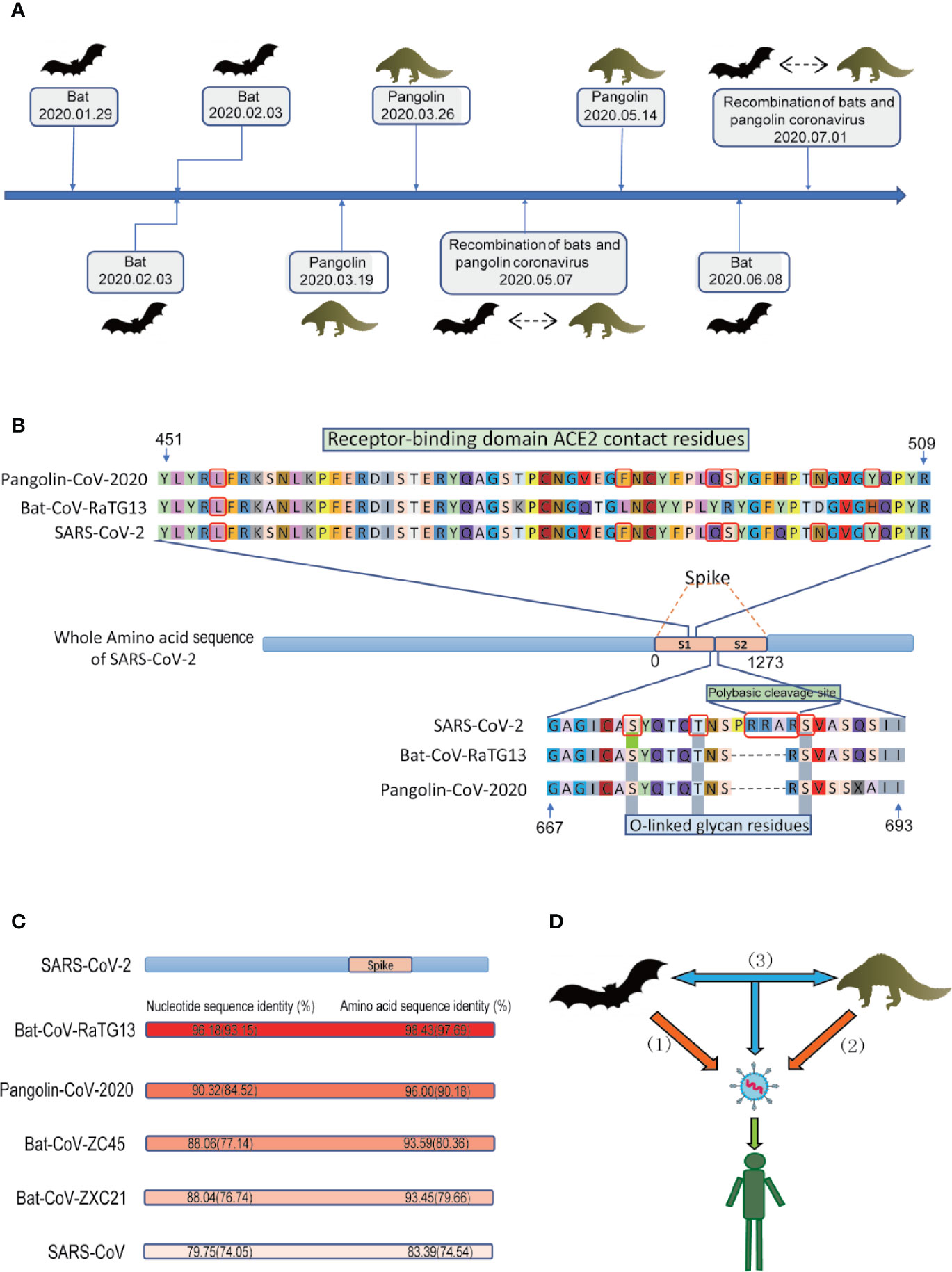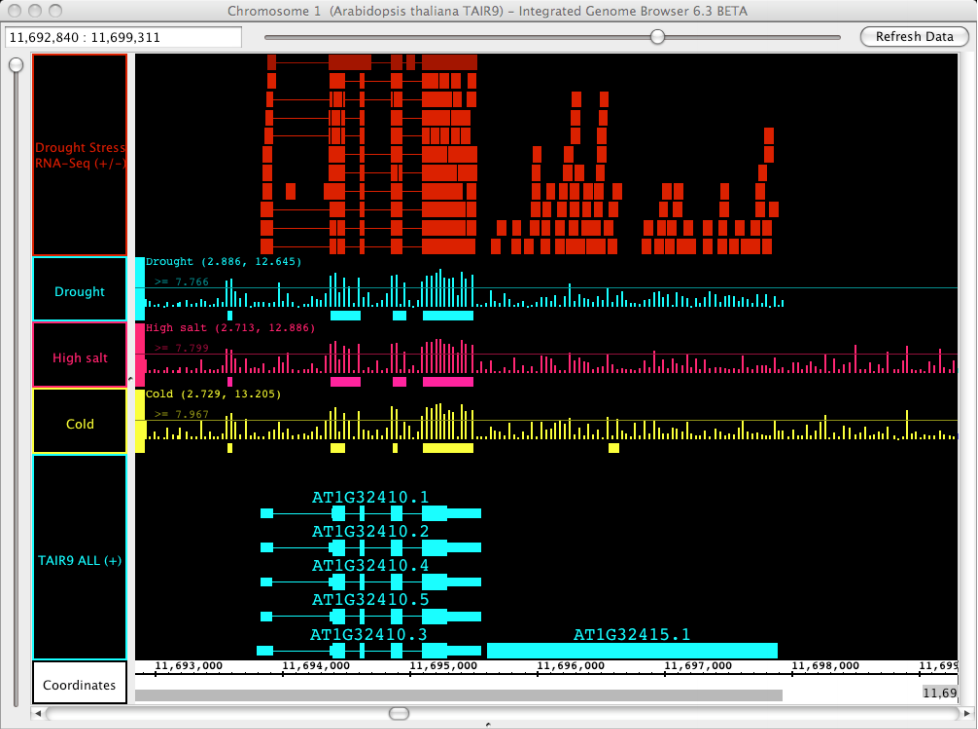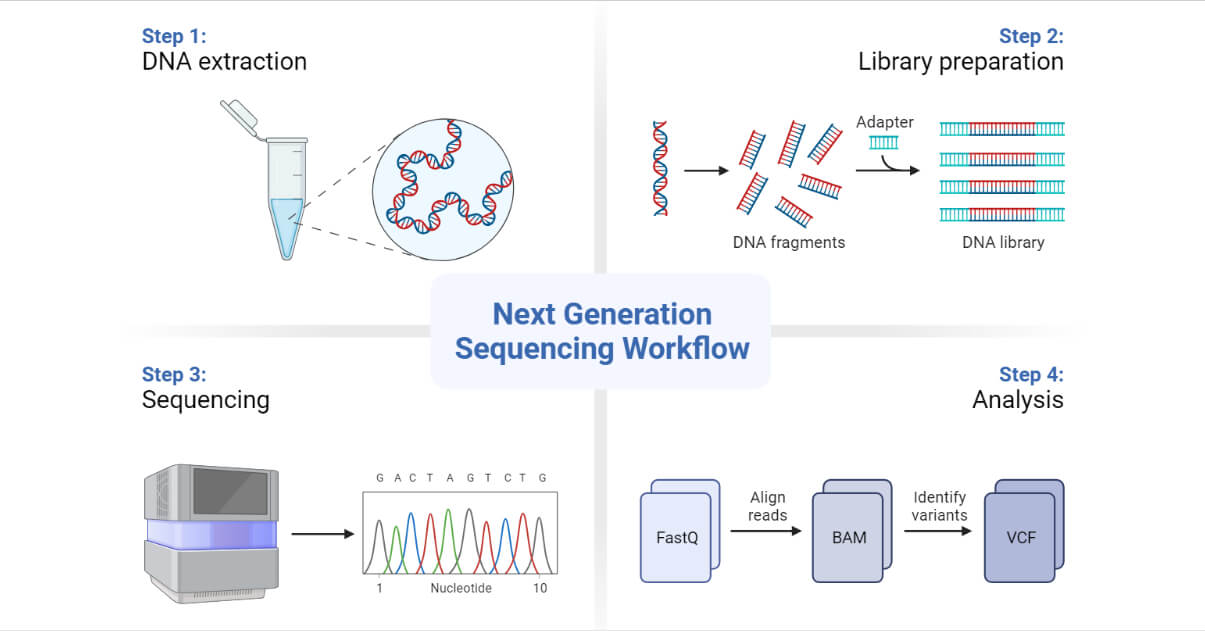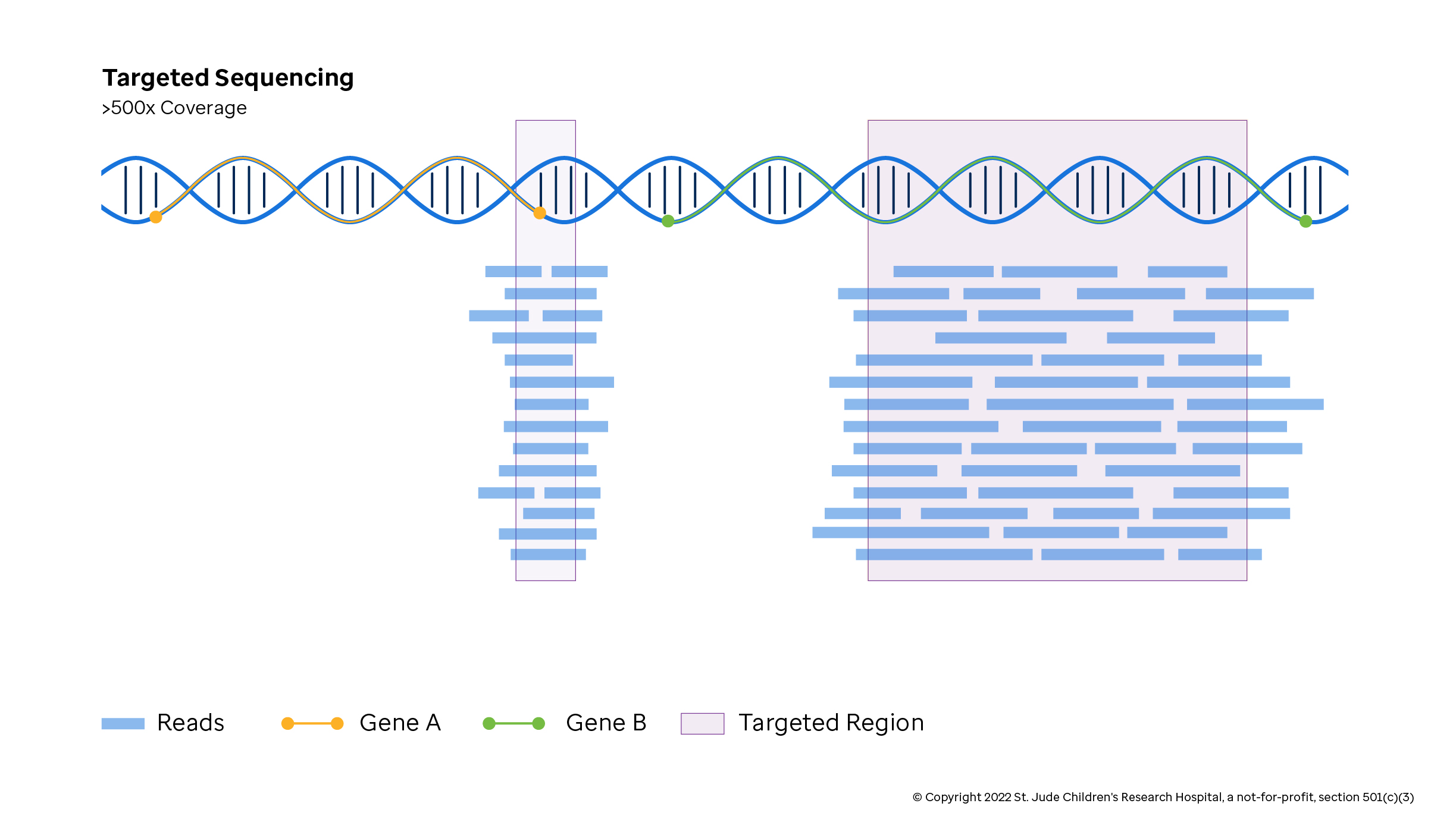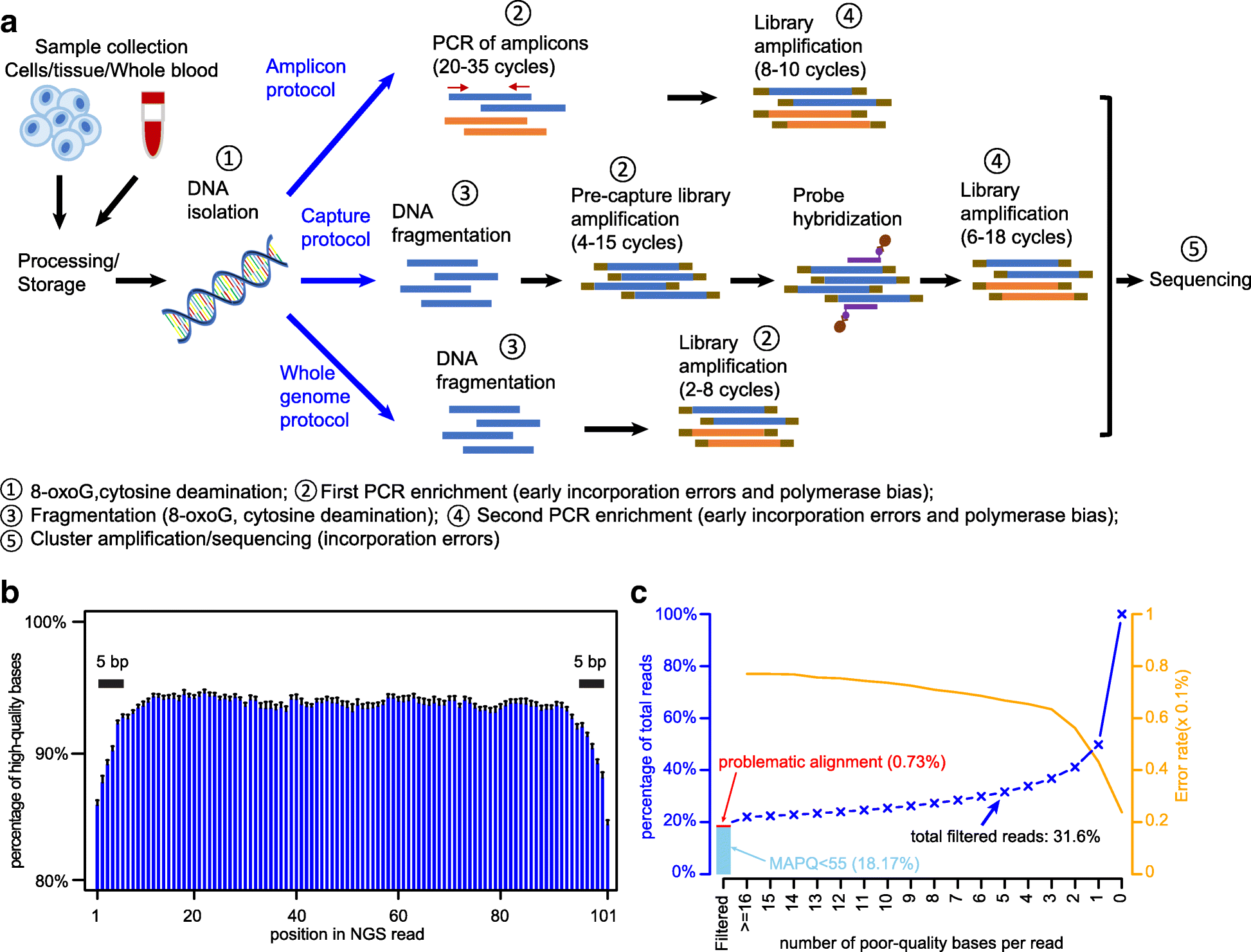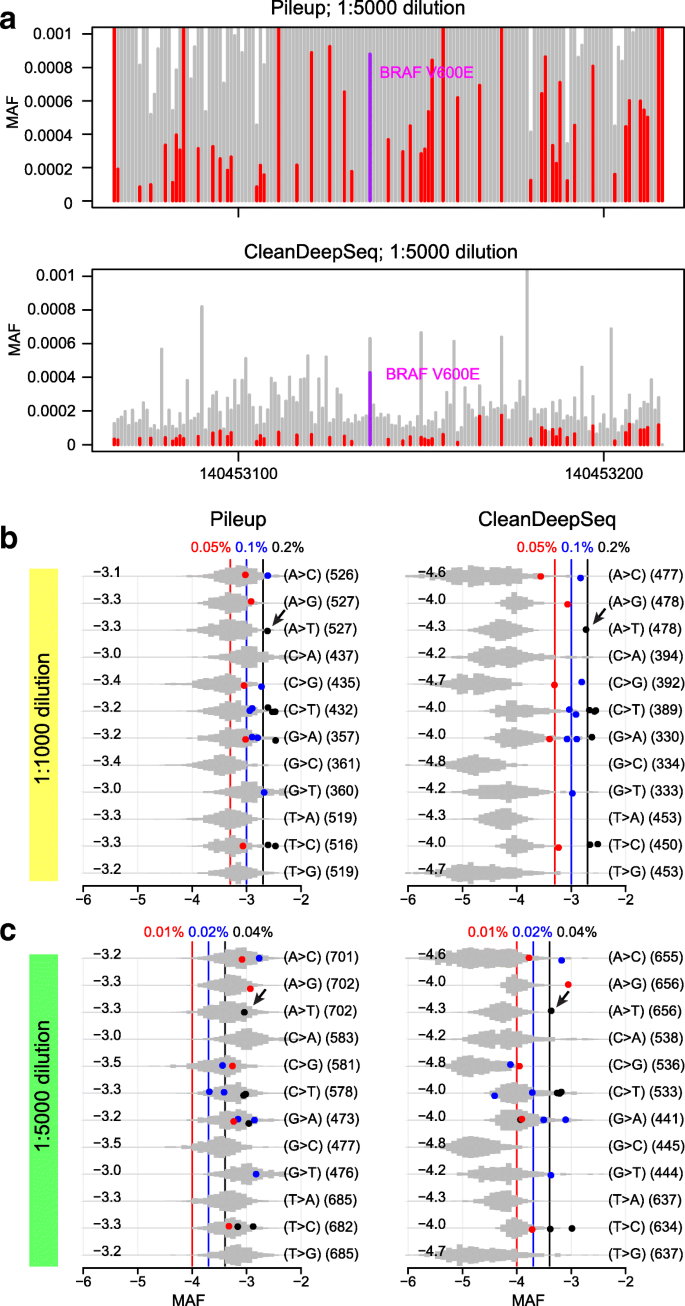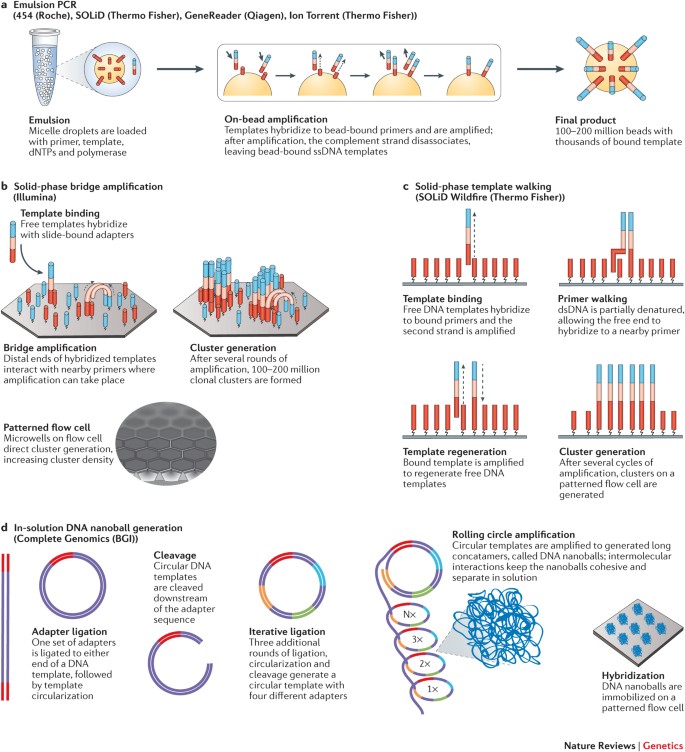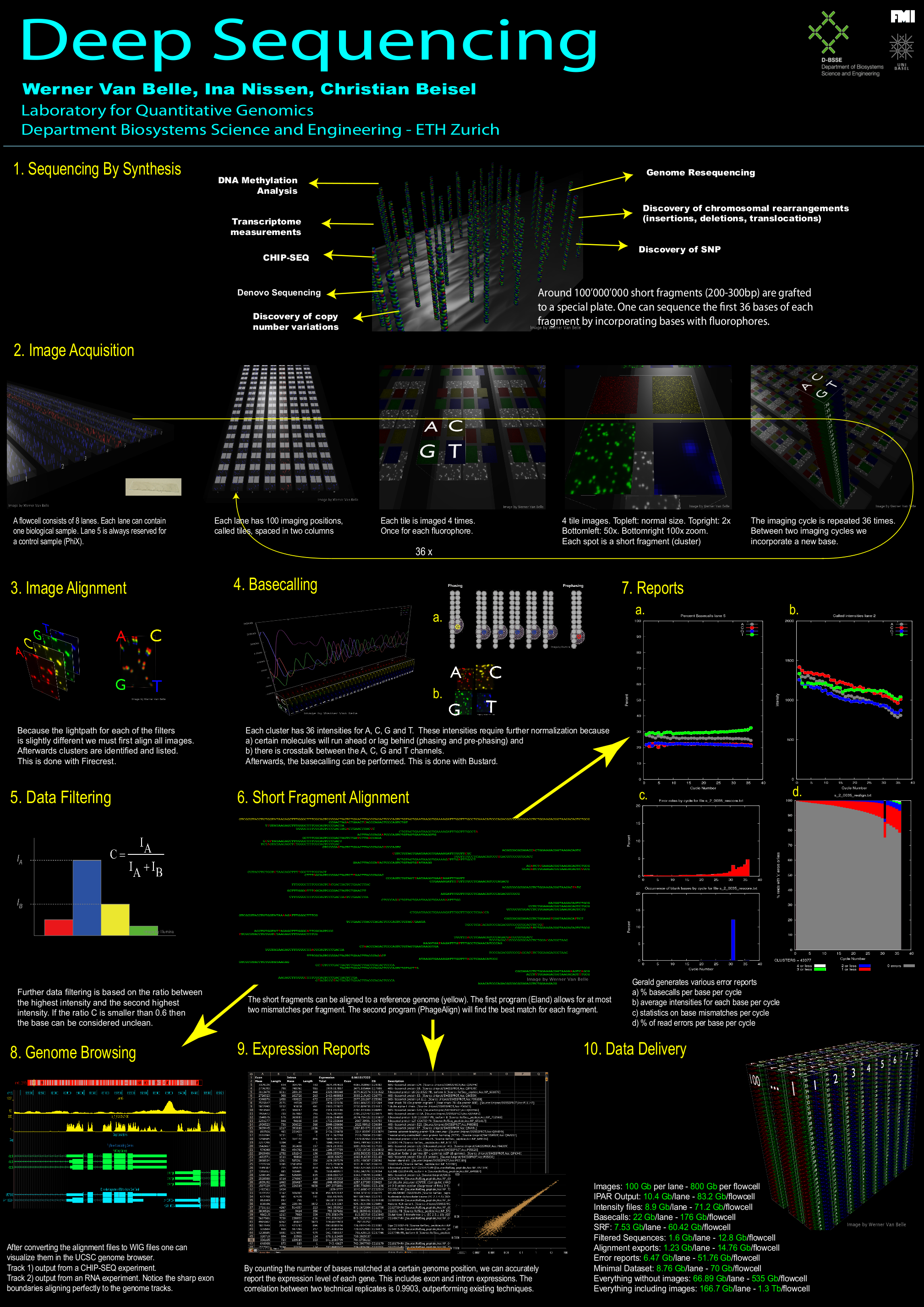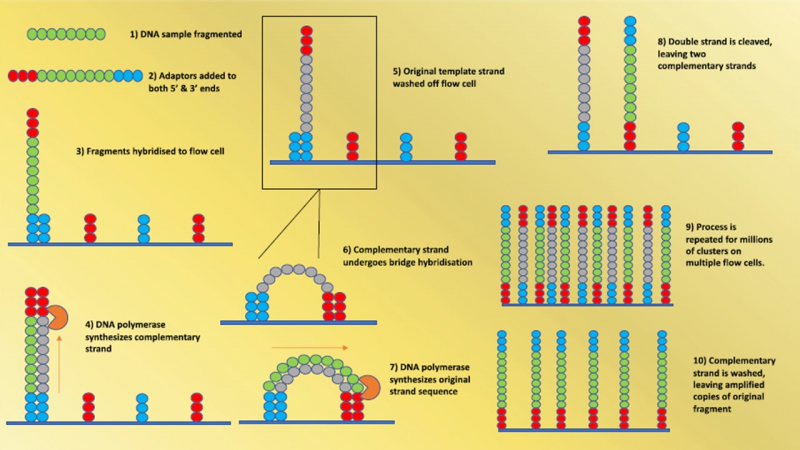Deep sequencing is an appropriate tool for the selection of unique Hepatitis C virus (HCV) variants after single genomic amplification | PLOS ONE

Metagenomic Next Generation Sequencing: How Does It Work and Is It Coming to Your Clinical Microbiology Lab?

Using deep sequencing to characterize the biophysical mechanism of a transcriptional regulatory sequence | PNAS
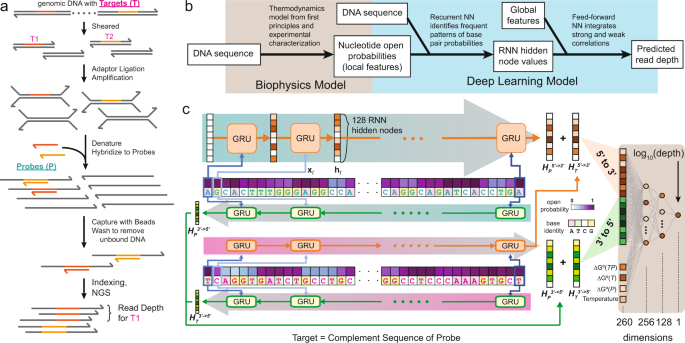
A deep learning model for predicting next-generation sequencing depth from DNA sequence | Nature Communications

